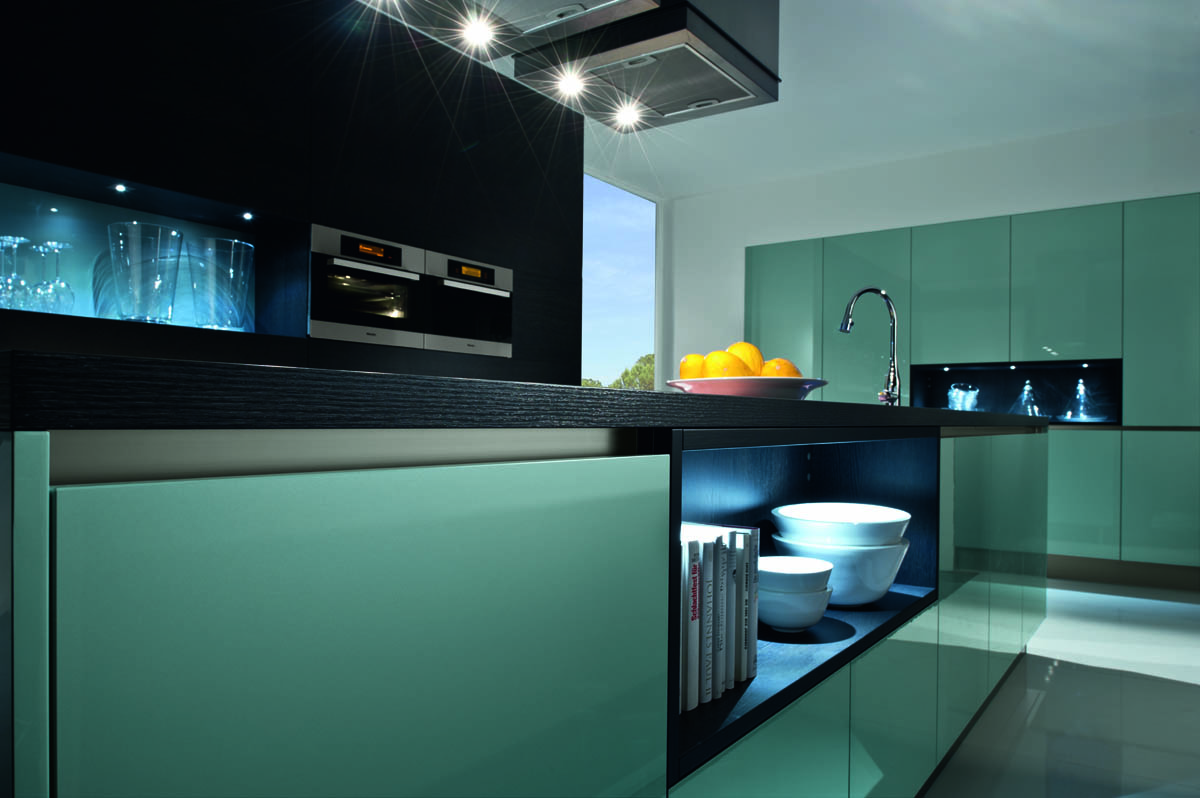Demystifying Hi-gloss & Acrylic
Struggling to make sense of hi-gloss and acrylic in relation to kitchen cabinetry? Let us explain the difference:
Hi-gloss is a finish and usually comes in acrylic or lacquered material. Both are a hard wearing option for a kitchen.
Acrylic is made from a resin and is easy to clean. It’s generally formed in one solid colour, then set directly onto MDF and sealed. This gives a shiny, hi-gloss finish with more depth than foil, although not as much as lacquer achieves, and favours an iridescent finish. Hi-gloss acrylic is more durable than lacquer and also less expensive.
Lacquer is normally formed on a MDF base, which has a primer of resin-type foil coated with lacquer. The base and the first layers may be in a darker colour and the topcoat can be lighter or even clear. The process is lengthy and extremely labour intensive, which is reflected in the cost – it’s eight to ten percent more expensive overall for a lacquered finish.
The depth of the colour is much better than with acrylic and favour pure consistent colour. Advantages include the choice of more aesthetic softer formed or rounded edges. Lacquered finishes are available in matt, satin or hi-gloss.
Hi-gloss cabinetry is easy to maintain and generally just needs a wipe over with a soft cloth and warm water containing a little washing up liquid. Solvent-based cleaners, abrasive cleaning agents, microfibre cloths and steam cleaners must not be used as they can damage the finish.
 Steel Blue hi-gloss acrylic is shown to great effect in this Neil Lerner design.
Steel Blue hi-gloss acrylic is shown to great effect in this Neil Lerner design.
